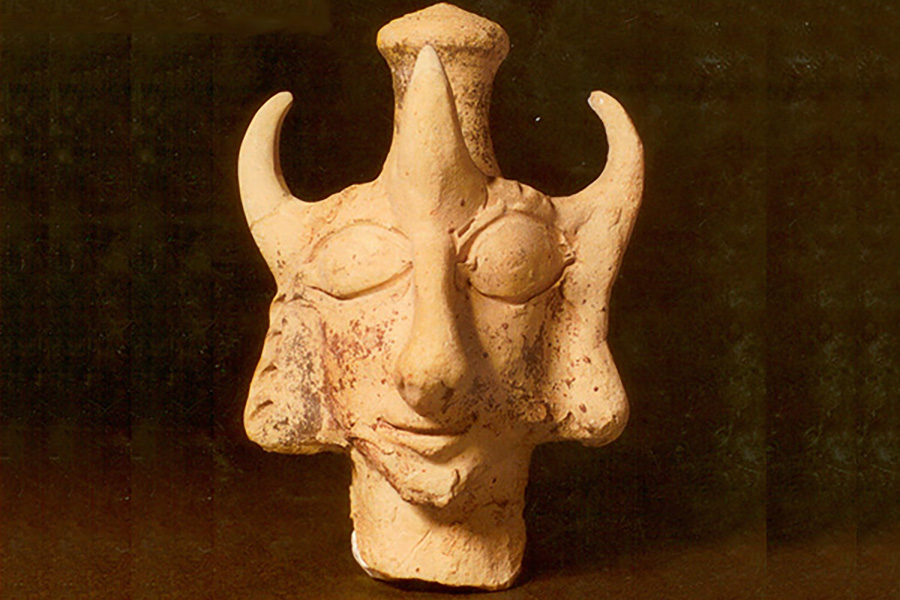The letter tau (𐤕) or T/t is the twenty-second letter in the Afroasiatic language known as Paleo-Hebrew (Ābarayat). The letter has been equated with the letter T, the letter Th, and the letter X in the English language. Nonetheless, the letter T is the more accurate letter but possibly had a similar pronunciation to that of X in earlier days or could entirely be attributed to the similarity in looks between the two letters. However, it should not be confused with the letter thanaa (𐤈) in the Paleo-Hebrew language, which holds a Th equivalent.
Extended Study for 𐤕 (t)
To read the study guide entry that elaborates on 𐤕 (t) then join our Extended Study Membership at https://www.paleohebrewdictionary.org/extended or use phdict.org/extended to share a short link with others.





